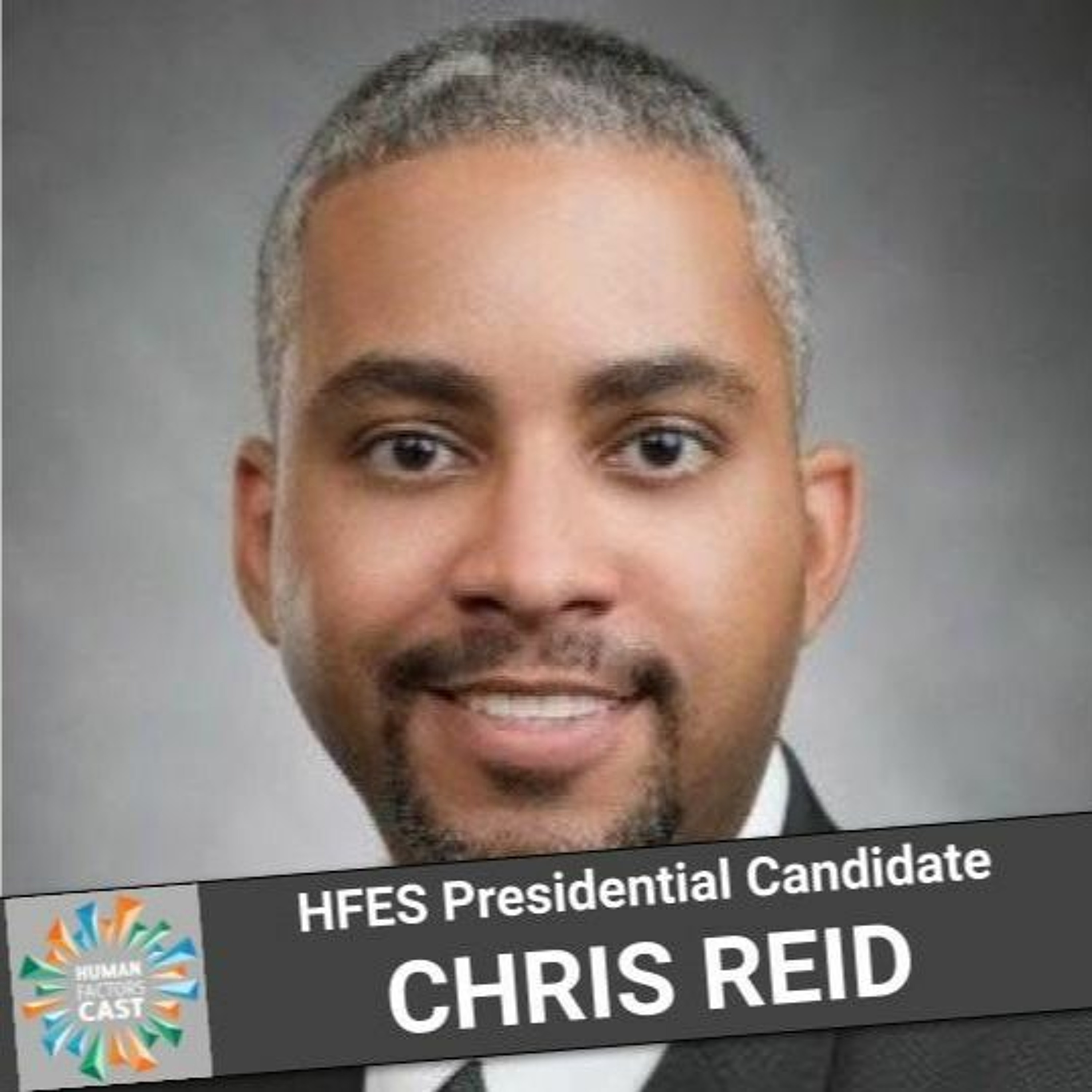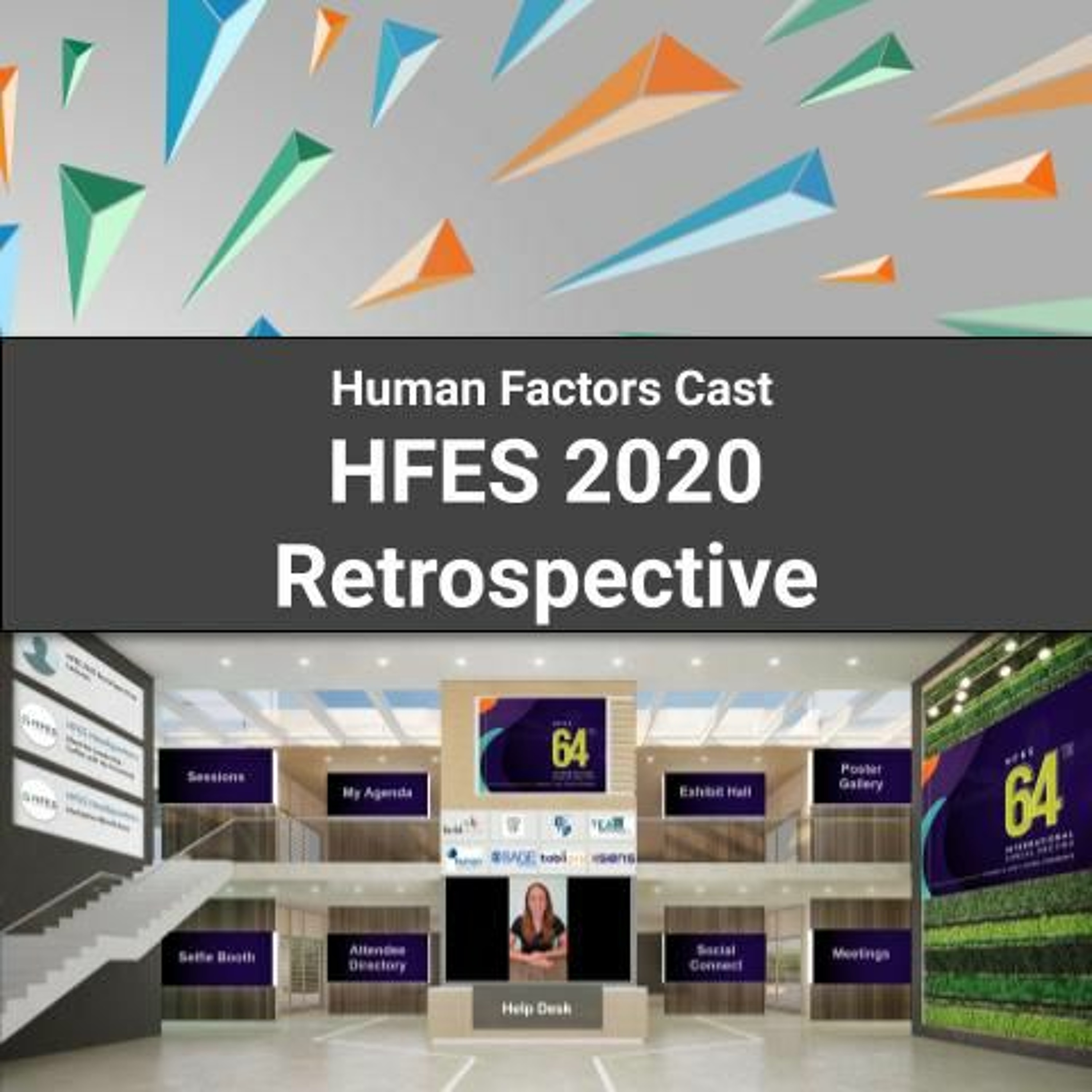Availability of Resources for LGBTQIA+ in Human Factors, UX, and HCI | Human Factors Minute | #pride Bonus Episode
Throughout the month of June, we will be releasing Human Factors Minutes focused on the intersection of Human Factors, HCI, UX, and the LGBTQIAP+ community.
Throughout the month of June, we will be releasing Human Factors Minutes focused on the intersection of Human Factors, HCI, UX, and the LGBTQIAP+ community.
Guest Read by Human Factors Cast Digital Media Lab member: Rashod Moten
Follow us:
- Nick: https://www.twitter.com/Nick_Roome
- Barry: https://twitter.com/Baz_k
- Blake: https://www.instagram.com/dontpanicux/
- Join us on Discord:https://go.humanfactorscast.media/Discord
Thank you to our Human Factors Cast Honorary Staff Patreons:
- Michelle Tripp
Support us:
- Patreon: https://www.patreon.com/humanfactorscast
- Buy us a coffee: https://www.buymeacoffee.com/hfactorspodcast
- Merchandise Store: https://www.humanfactorscast.media/p/Store/
Human Factors Cast Socials:
- Twitch: https://twitch.tv/HumanFactorsCast
- YouTube: https://www.youtube.com/HumanFactorsCast
- LinkedIn: https://www.linkedin.com/company/humanfactorscast
- Twitter: http://www.twitter.com/HFactorsPodcast
- Facebook: https://www.facebook.com/HumanFactorsCast
- Our official website: www.humanfactorscast.media
Reference:
- Our tools and software: https://www.humanfactorscast.media/p/resources/
- Our Ethics Policy:https://www.humanfactorscast.media/p/ethics-policy/
- Logo design by E Graphics LLC: https://egraphicsllc.com/
- Music by Kevin McLeod: https://incompetech.com/music/royalty-free/
Feedback:
- Have something you would like to share with us? (Feedback or news): https://go.humanfactorscast.media/feedback
Disclaimer: Human Factors Cast may earn an affiliate commission when you buy through the links here.
Let us know what you want to hear about next week by voting in our latest "Choose the News" poll!
Follow us:
- Nick: https://www.twitter.com/Nick_Roome
- Barry: https://twitter.com/Baz_k
- Blake: https://www.instagram.com/dontpanicux/
- Join us on Discord:https://go.humanfactorscast.media/Discord
Thank you to our Human Factors Cast Honorary Staff Patreons:
- Michelle Tripp
- Neil Ganey
Support us:
- Patreon: https://www.patreon.com/humanfactorscast
- Buy us a coffee: https://www.buymeacoffee.com/hfactorspodcast
- Merchandise Store: https://www.humanfactorscast.media/p/Store/
Human Factors Cast Socials:
- Twitch: https://twitch.tv/HumanFactorsCast
- YouTube: https://www.youtube.com/HumanFactorsCast
- LinkedIn: https://www.linkedin.com/company/humanfactorscast
- Twitter: http://www.twitter.com/HFactorsPodcast
- Facebook: https://www.facebook.com/HumanFactorsCast
- Our official website: www.humanfactorscast.media
Reference:
- Our tools and software: https://www.humanfactorscast.media/p/resources/
- Our Ethics Policy:https://www.humanfactorscast.media/p/ethics-policy/
- Logo design by E Graphics LLC: https://egraphicsllc.com/
- Music by Kevin McLeod: https://incompetech.com/music/royalty-free/
Feedback:
- Have something you would like to share with us? (Feedback or news):
Disclaimer: Human Factors Cast may earn an affiliate commission when you buy through the links here.
In recent years, leaders and organizations within Human Factors, HCI, and UX have focused efforts on improving inclusivity throughout the fields. While these efforts have not gone unnoticed, the lack of diversity, specifically the inclusion of the LGBTQIA+ community, persists.
In our research, we found a limited availability of resources for marginalized community members entering the field, as well as limited consideration of queer users in design. Few studies have examined the inclusion of this marginalized community in Human Factors.
One example of studies utilizing inclusionary research methods is a 2017 study examining the impact of technology on relationship therapy effectiveness. Another study, published in January 2022, highlighted the use of VR-based therapy to improve mental health outcomes.
While there are affinity groups and clubs within organizations, the lack of research on inclusion within the field suggests considerations for queer users are likely limited, as well.
This highlights a greater need for the inclusion of LGBTQIA+ members in all areas of research and design, who can advocate for queer users.
Participants in a 2019 study examining diversity at the HFES Annual Meeting noted the important role advocacy plays in increasing diversity and inclusion.
Given this information, it is clear that, in order to have more inclusive designs for queer users, our profession must ensure we support advocacy and allyship by providing considerations and resources for these users within our own fields.










































